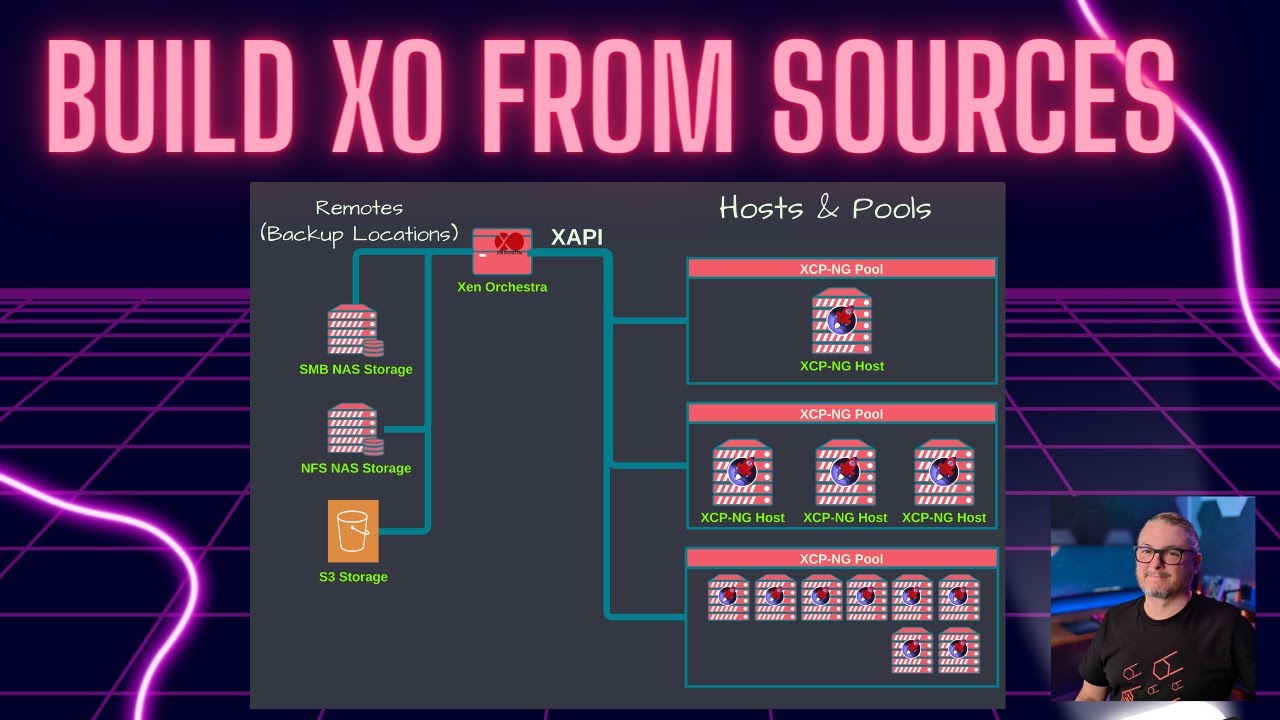Xen Orchestra and XCP-ng
Hello - I am relatively new and I’m trying to learn by doing, so forgive me for my lack of knowledge. I have a small home lab built around a server I built using a Supermicro Motherboard with an LSI HBA and a decent amount of storage. I have previously successfully built a NAS using TrueNAS Scale, but I want to know more.
What I’m trying to understand is how to install both XCP-ng and Xen Orchestra and build Xen Orchestra “from sources”. Am I correct in understanding that first I install XCP-ng (which I have done) and then install XO using quick deploy (not building it) and then create a Debian VM specifically for building/compiling an XO installer (package?) and that after that I would somehow replace the XO quick deploy version with the version that was built by me and my Debian VM running on XCP-ng which is running “inside” (along side?) the quick deploy XO?
Have I got that right? Any pointers to videos, documentation or blog posts would be greatly appreciated. Cheers
